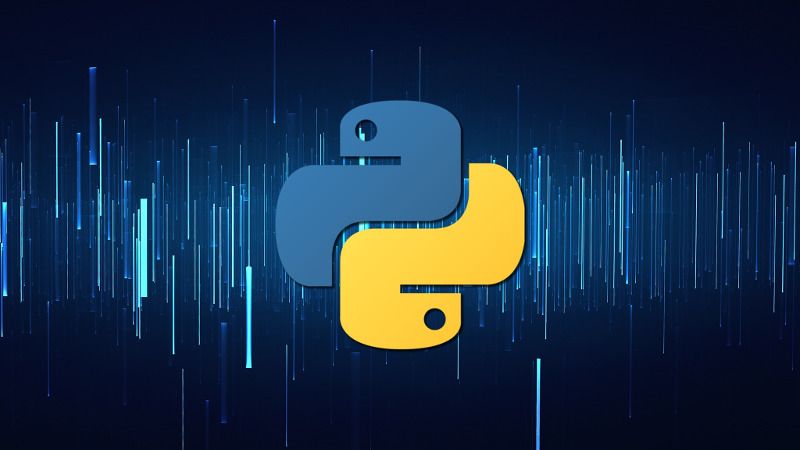Automate Your Blog Promotion: Posting Hashnode Blogs to Mastodon with Python
 Chris Evans
Chris Evans
Introduction
As a content creator, sharing your blog posts with your audience is crucial for building your online presence. Mastodon, a decentralized and open-source social media platform, provides a fantastic space to connect with your community. In this blog post, I'll guide you through the process of automating the promotion of your Hashnode blogs on Mastodon using a Python script.
Prerequisites
Before we dive into the technical details, make sure you have the following in place:
A Hashnode blog where you regularly publish content.
Access to a Mastodon account and an application access token.
Basic knowledge of Python.
Python libraries:
requests,beautifulsoup4, andMastodon.py.
You can install the required Python libraries using pip:
pip install requests beautifulsoup4 Mastodon.py
Getting Started
Let's break down the steps to automate your blog promotion:
Step 1: Obtain Your Mastodon Access Token
To interact with the Mastodon API, you need an access token. Follow these steps to generate one:
Log in to your Mastodon account.
Go to "Settings" > "Development" > "Your applications."
Click "New Application."
Fill in the required fields, such as "Name" and "Website" (you can use any valid URL).
Under "Scopes," select "Write" for posting.
Once you create the application, you'll receive your access token. Keep it secure, as it grants access to your Mastodon account.
Step 2: Set Up Your Python Environment
Create a Python script file (e.g., hashnode_to_mastodon.py) and import the necessary libraries:
import requests
from bs4 import BeautifulSoup
from mastodon import Mastodon
Fetching Hashnode Blog Data
Now, let's fetch the data from your Hashnode blog to determine if there are any new posts to share on Mastodon.
Step 3: Web Scraping Hashnode
We'll use the requests library to send a GET request to your Hashnode blog and beautifulsoup4 to parse the HTML content.
# Your Hashnode blog URL
hashnode_blog_url = "https://hashnode.com/@your-username"
# Send a GET request to the blog
response = requests.get(hashnode_blog_url)
# Parse the HTML content
soup = BeautifulSoup(response.text, "html.parser")
Step 4: Extracting Blog Information
Now, let's extract information about the latest blog post:
# Find the title of the latest blog post
latest_blog_title = soup.find("h2", class_="your-blog-title-class").text
Posting to Mastodon
With the latest blog post title in hand, let's compose and post the message to Mastodon.
Step 5: Initialize Mastodon API
Initialize the Mastodon API client with your access token and the instance URL:
# Your Mastodon access token and instance URL
mastodon_instance_url = "https://mastodon.social"
mastodon_token = "YOUR_MASTODON_ACCESS_TOKEN"
# Initialize the Mastodon API client
mastodon = Mastodon(
access_token=mastodon_token,
api_base_url=mastodon_instance_url,
)
Step 6: Compose and Post the Message
Compose a message with the latest blog post title and URL, and then post it to Mastodon:
# Compose the Mastodon message
mastodon_message = f"🚀 New blog post: '{latest_blog_title}'\nRead it here: {hashnode_blog_url}"
# Post the message to Mastodon
mastodon.status_post(mastodon_message)
Automation
To automate this process, consider scheduling the script to run periodically using tools like Cron on Linux or Task Scheduler on Windows. This way, your new blog posts will automatically be shared on Mastodon.
Conclusion
Automating the promotion of your Hashnode blogs to Mastodon can save you time and ensure that your followers are always updated with your latest content. With a simple Python script, you can streamline your content distribution process, leaving you more time to focus on what you do best—creating amazing content.
Give it a try, and keep your community engaged with your fresh blog posts effortlessly. Happy blogging and coding! 📚🚀
Feel free to adapt and customize this script to fit your specific needs. Additionally, make sure to respect the terms of service and usage policies of both Hashnode and Mastodon when automating such tasks.
Subscribe to my newsletter
Read articles from Chris Evans directly inside your inbox. Subscribe to the newsletter, and don't miss out.
Written by

Chris Evans
Chris Evans
I am a developer from Boston, MA. I am self-taught and have been mostly coding in the front-end but would love to work more in the back-end. Follow my Hashnode to join my journey and gain insights and updates as I learn and grow.
